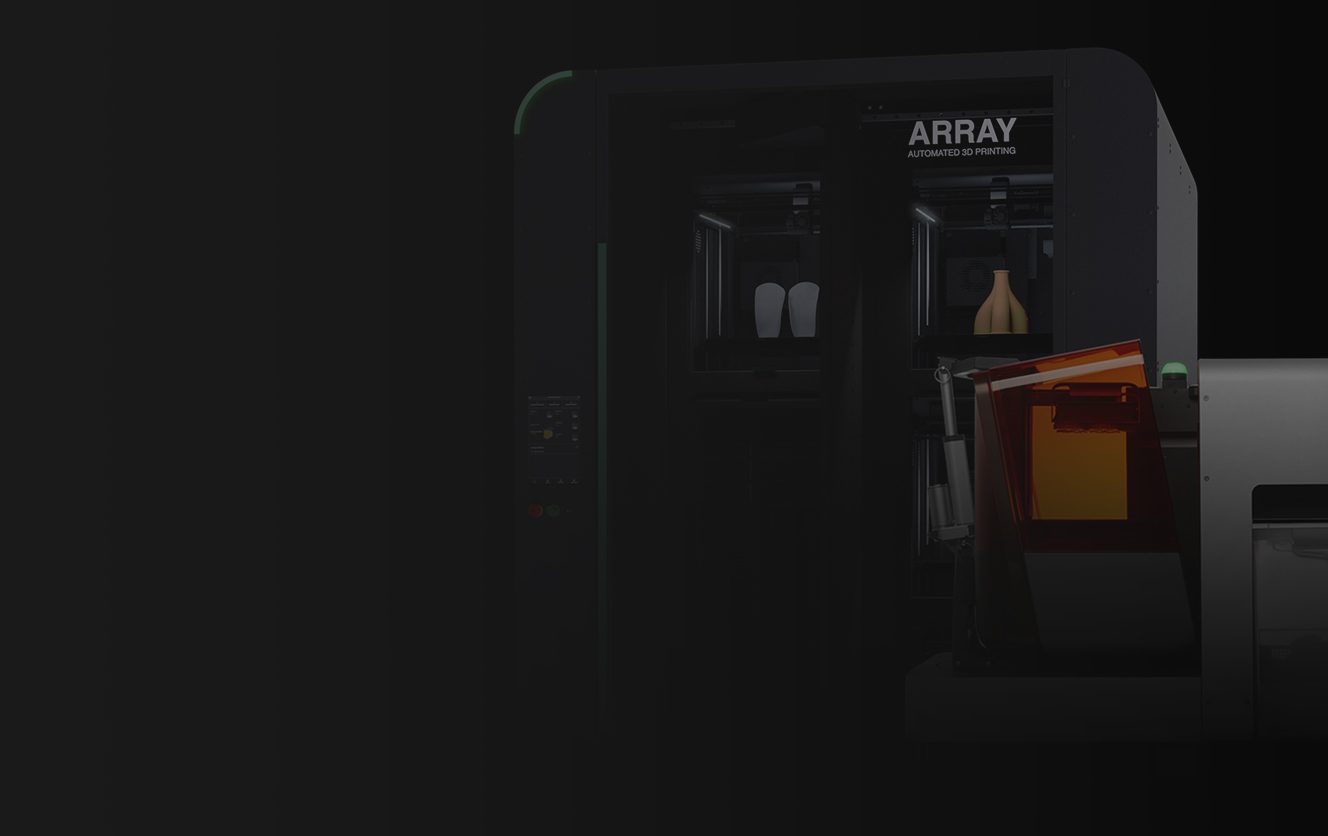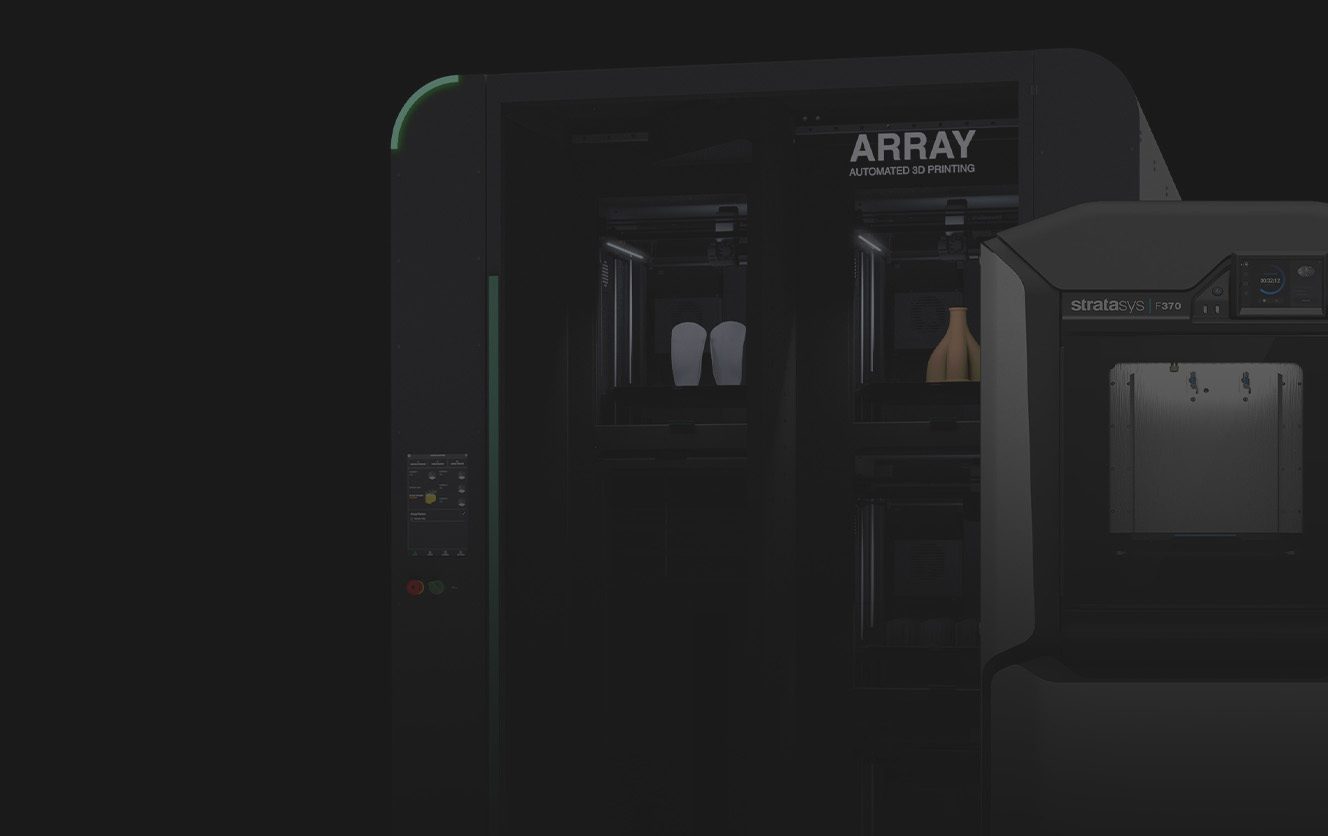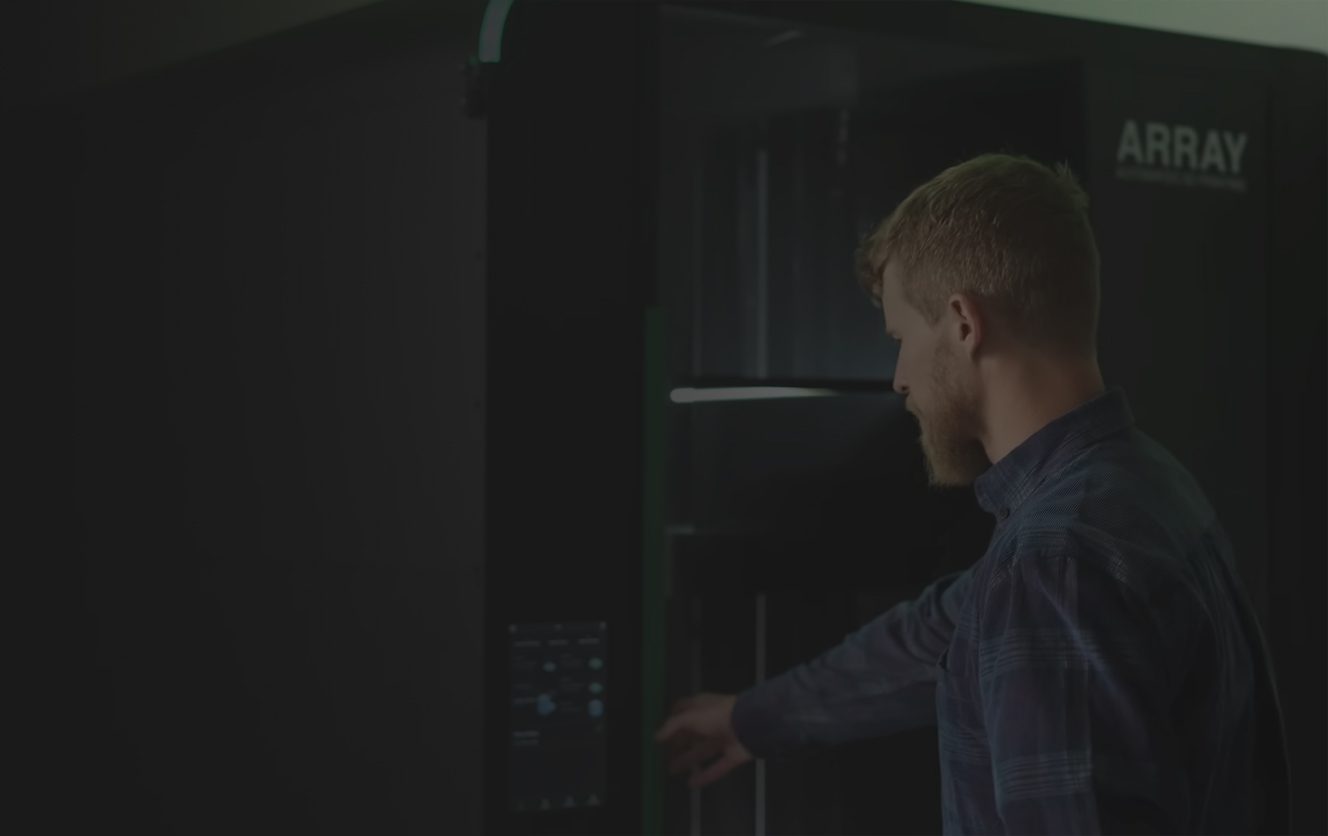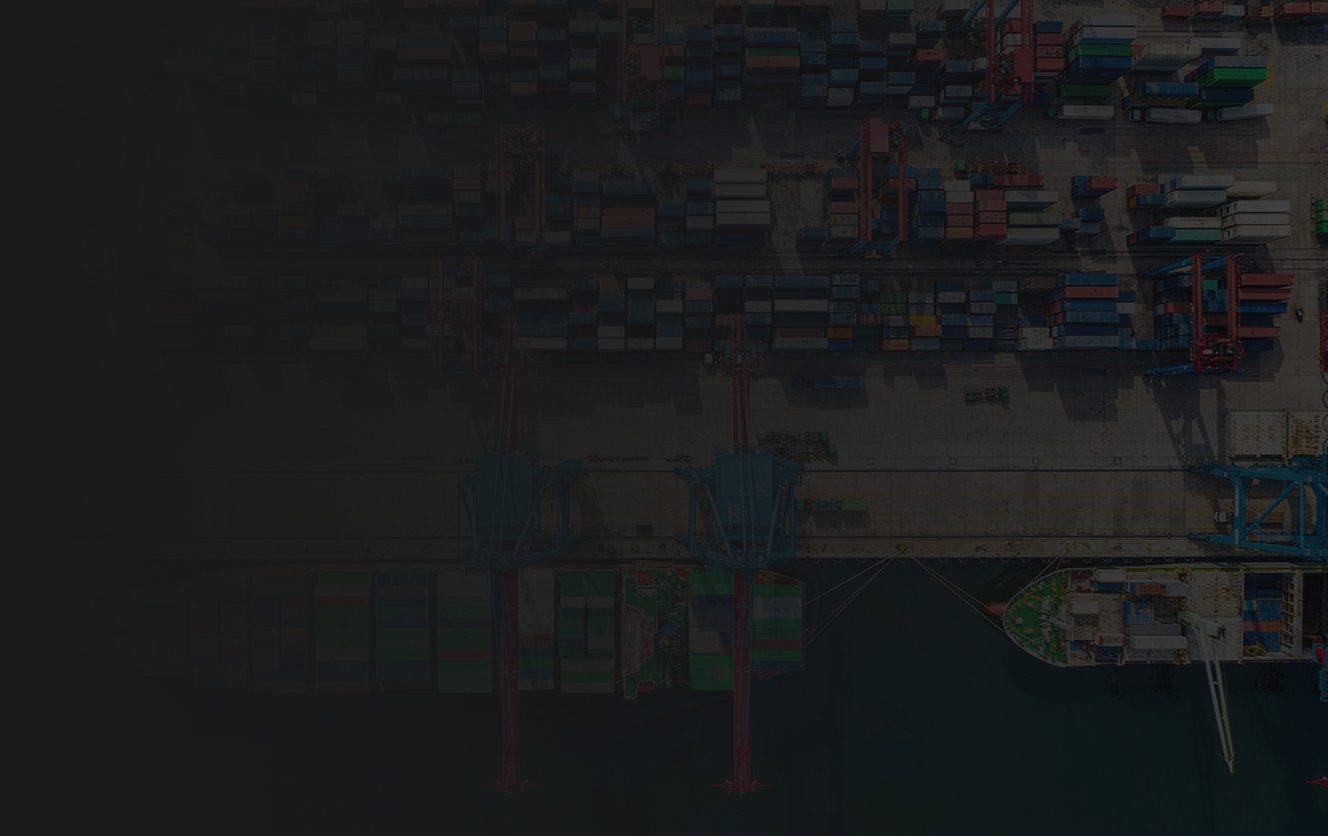Discover the latest in additive manufacturing through expert insights, real-world case studies, and a comprehensive library showcasing advanced 3D printing solutions.
Browse Resources
Featured Articles
Case Studies
3 resources
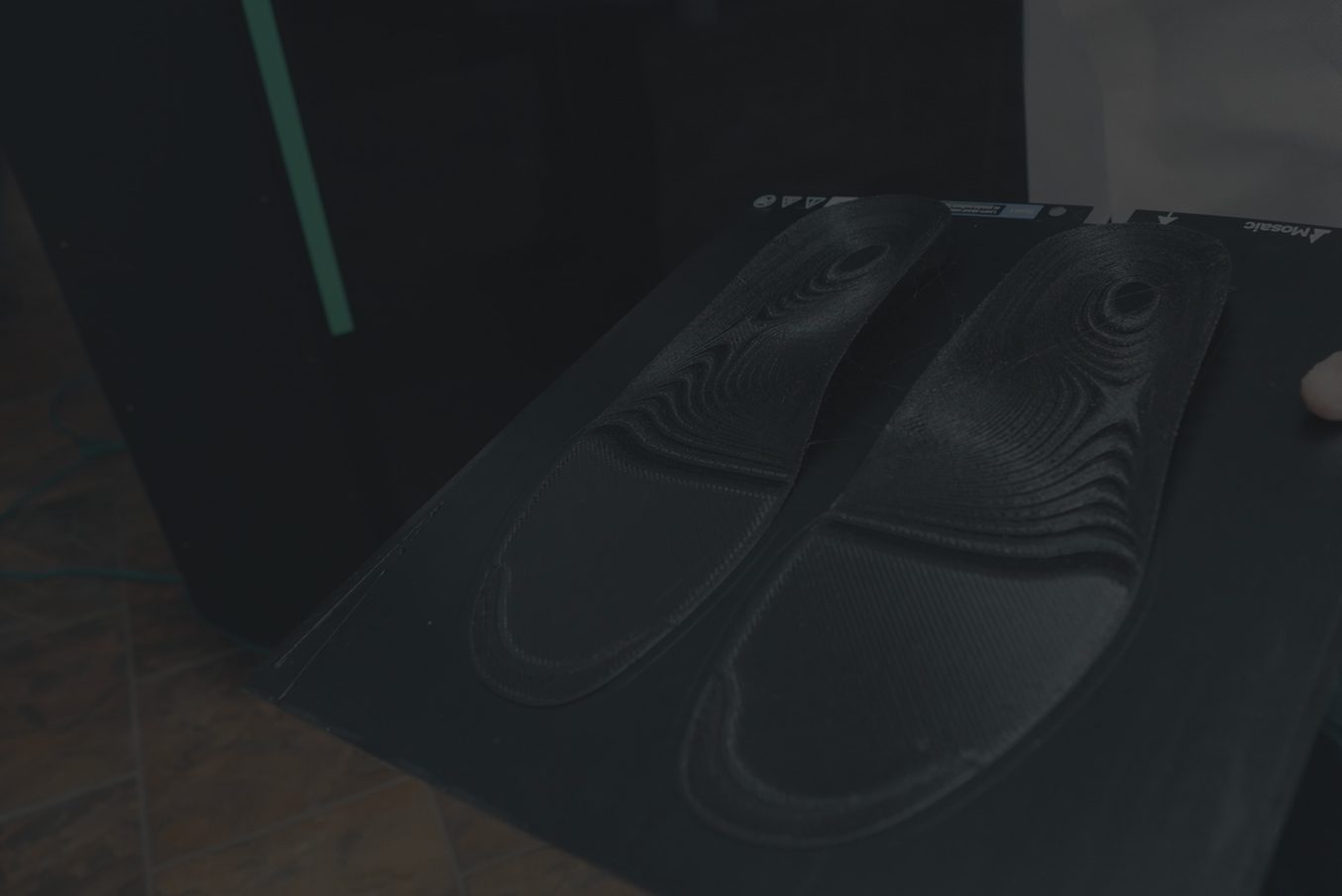
Whitepapers
1 resources
Unlock the Future of 3D Printing Today
Enhance productivity, print with more materials, and scale effortlessly with cutting-edge automation.
